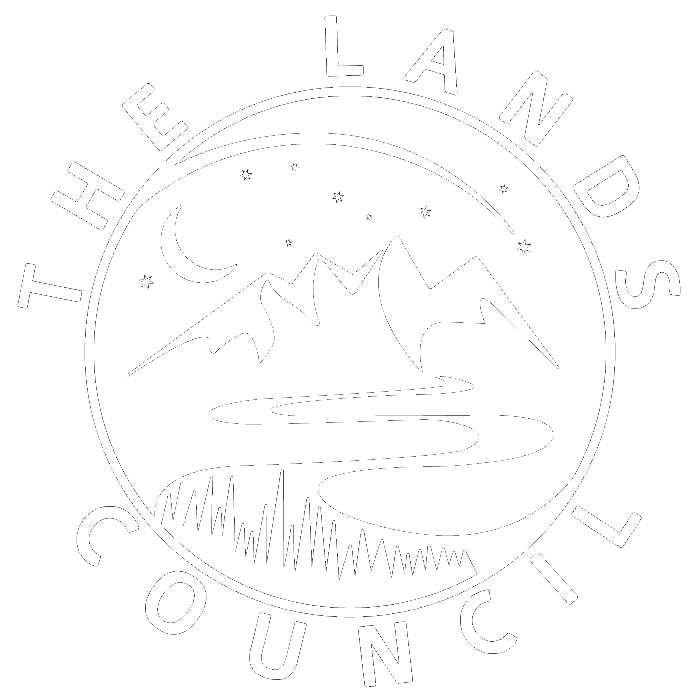How the son of a famous mountaineer helps to save Inland Northwest forests and connects grunge rockers like Eddie Vedder to The Lands Council
DNR Biochar Partnership | September 2023
Comment on the BLM Public Lands Rule Proposal
The Bureau of Land Management (BLM), managing 245 million acers of public land, is proposing a new rule that would balance conservation with other land uses such as mining and grazing.
The BLM has a public comment period open till June 20th and will have a virtual listening session on June 5th 8:30-10:30.
Arbor Day Celebration
Invest in Climate Action
Happy Solstice
The winter solstice is a time of year when the days are shortest and the nights are longest. It is a time to reflect on the past year and look forward to the new one. For those of us living in the Inland Northwest, it is also a time to consider how we can protect and conserve our natural environment.
Sequestering Carbon Through Conversation and Community Burning: Converting Forest Fuels to Biochar
By Adam Gebauer
We all enjoy telling stories around a campfire, but what if that campfire was also a tool to improve timber practices and reduce carbon emissions? The Lands Council partnered with the Kalispel Tribe of Indians and others on a pilot project to reduce forest fuels and transform them to beneficial biochar. These pilot burns were a chance for the forest community to come together and look at the many potentials for biochar on the landscape along with some of the limitations to large scale implementation.
Speak up for Wildlife in State E-Bike Policy
New Tool to Open Up Access to Our Public Lands
By Adam Gebauer
More and more people are looking to use our public lands and, well, that is what they are for. But not all of our public lands are accessible. A recent report found that over 9 million acres of federal public land do not have permanent legal access, the vast majority of this land is managed by the Bureau of Land Management.










